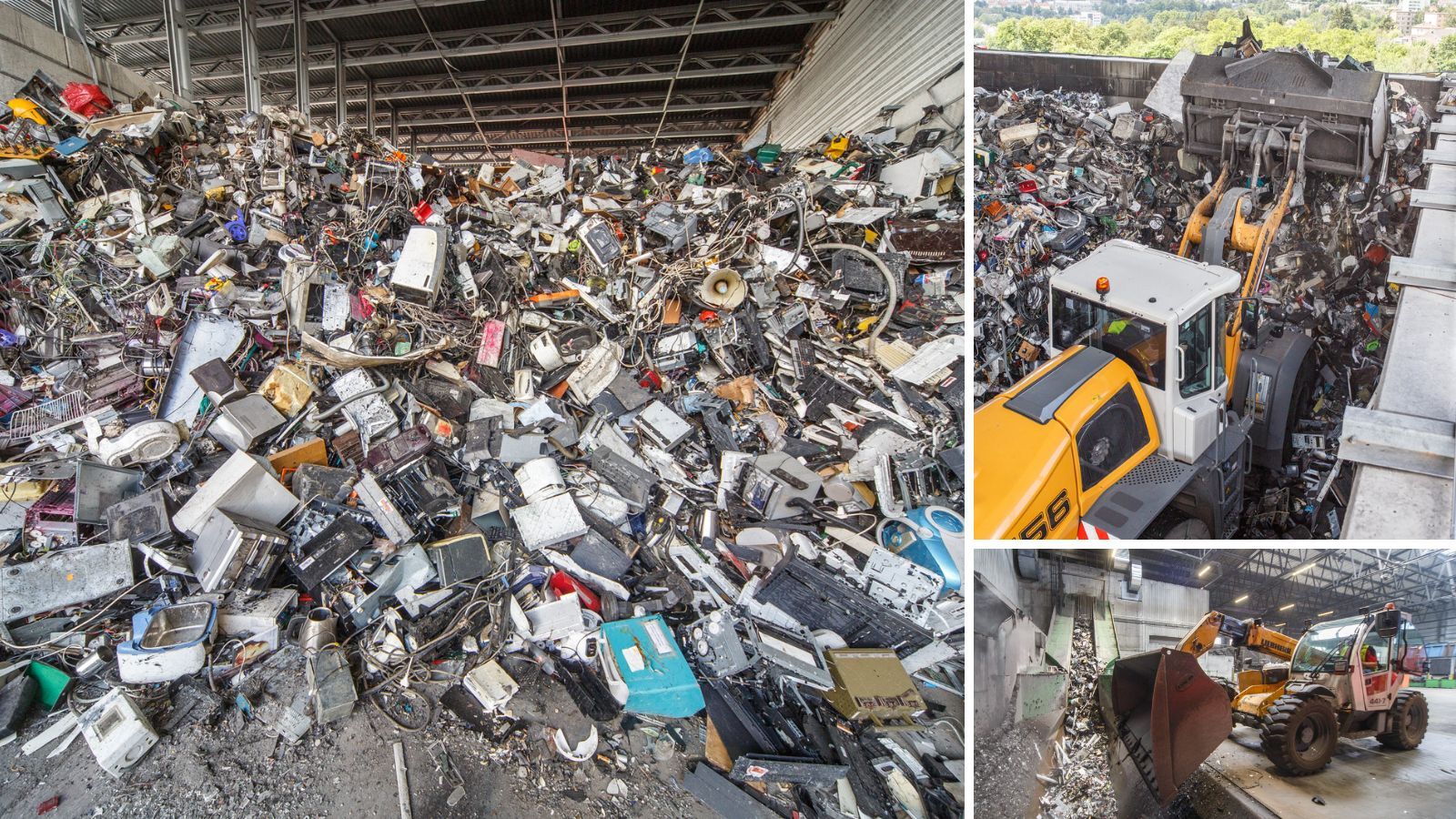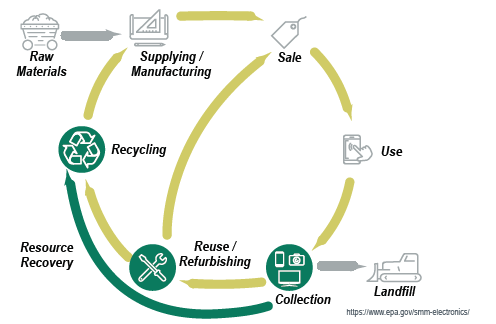Some Known Incorrect Statements About Recycling Lives Services
Table of ContentsThe Best Strategy To Use For Recycling Lives ServicesRecycling Lives Services for BeginnersGet This Report about Recycling Lives ServicesThings about Recycling Lives ServicesThe 20-Second Trick For Recycling Lives Services

You can take all household electric products to Oxfordshire's waste recycling centres for reusing. If your item remains in working problem, take into consideration contributing it. If your electrical thing is broken, you can look for a neighborhood repair service caf where volunteers can fix it. You can additionally think about obtaining electric items that you don't utilize often. In addition, all Oxfordshire regional authorities accept vapes and e-cigarettes as a different kerbside collection. Disposable vapes be placed inside your wheelie containers. Just how they are gathered in each location varies somewhat; inspect you have the proper details for your location. Use the Waste Wizardsearch device to inspect just how your local authority gathers this waste or locate other drop-off areas in your area.
Mobile batteries the kind you find in small handheld devices can likewise be recycled at the kerbside but not inside any of your containers. Bigger stores that market batteries also have collection points for reusing old batteries.
Recycling Lives Services Things To Know Before You Buy
Older-style filament or halogen light bulbs can be disposed of in your basic rubbish bin at home. Some Do it yourself shops additionally have collection points for light bulbs.

10 Simple Techniques For Recycling Lives Services
Electric things are damaged down right into different pasts to make sure that the various products they are composed of can be removed and recycled. Waste recycling centres are for use by householders only and can not approve waste from business resources. Nevertheless, small companies and traders have a responsibility of care under this system, which suggests they additionally need to abide with the WEEE laws.
E-waste, digital waste, e-scrap and end-of-life electronic devices are terms typically utilized to describe used electronic devices that are nearing the end of their helpful life, and are discarded, given away or offered to a recycler. The UN defines e-waste as any type of discarded items with a battery or plug, and features toxic and unsafe materials such as mercury, that can position severe threat to human and environmental health.
Little Known Facts About Recycling Lives Services.
Only 17.4% of this digital waste, containing a blend of harmful materials and precious products, will be taped as being properly gathered, dealt with and recycled - https://www.folkd.com/profile/228779-rcyclng1vssvc/?tab=field_core_pfield_1. Many initiatives are taken on to tackle this growing concern, yet none can be totally effective without the active duty and right education and learning of consumers

Extracting thrown out electronic devices generates 80% much less exhausts of carbon dioxide per device of gold contrasted with mining it from the ground. In 2015, the removal of basic materials made up 7% of the globe's power intake. This suggests that relocating in the direction of the usage of even more second raw products in digital goods could aid considerably within the targets set out in the Paris Agreement on environment adjustment.
Some Known Details About Recycling Lives Services
Every tool ever before produced has a carbon impact and is adding to human-made worldwide warming. Make a tonne of laptops and potentially 10 tonnes of her response carbon dioxide are sent out. When the co2 released over a gadget's life time is considered, it mostly happens during manufacturing, before consumers buy an item. This makes lower carbon procedures and inputs at the manufacturing stage (such as usage recycled raw materials) and item lifetime vital factors of overall environmental influence.
Even in the EU, which leads the globe in e-waste recycling, simply 35% of e-waste is officially reported as appropriately accumulated and recycled. Around the world, the average is 20%; the staying 80% is undocumented, with much finishing up hidden under the ground for centuries as landfill. E-waste is not naturally degradable. The absence of reusing taxes the worldwide electronic market and as tools become much more many, smaller sized and more complicated, the problem rises.
The continuing to be mass of e-waste mainly plastics tied with steels and chemicals positions a much more intractable problem. A new vision for the production and usage of electronic and electrical products is needed. It is simple for e-waste to be framed as a post-consumer problem, but the concern includes the lifecycle of the tools everybody uses.